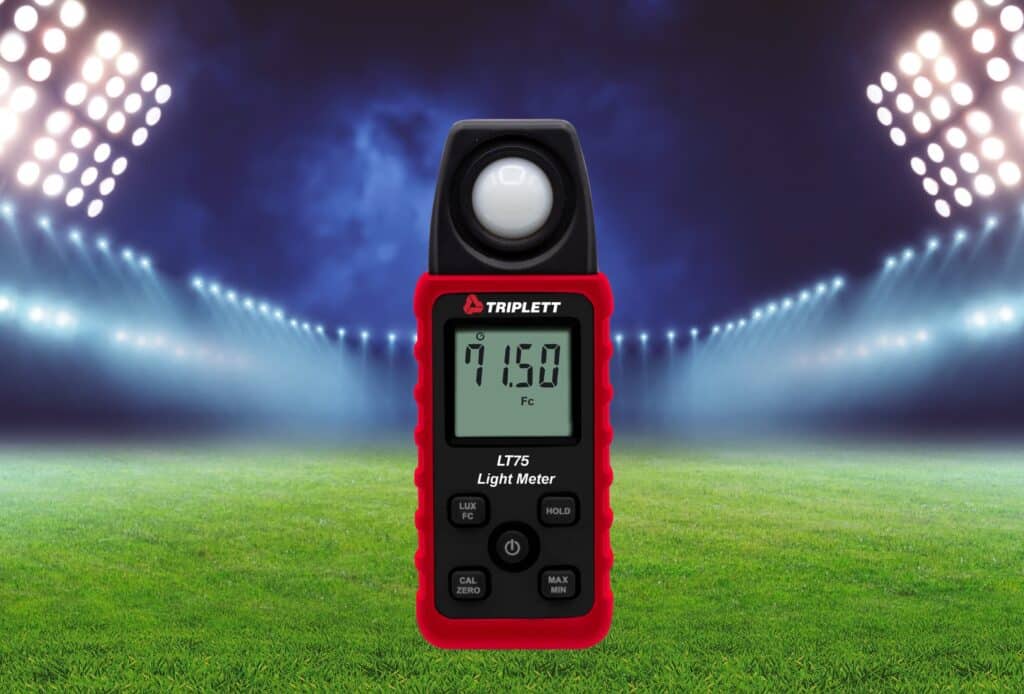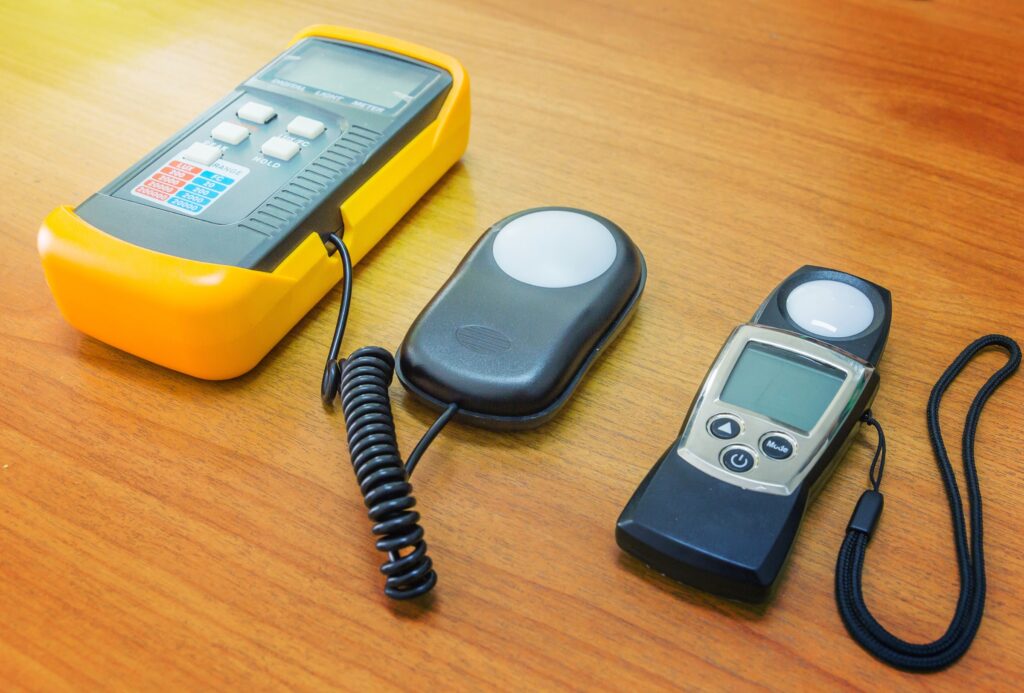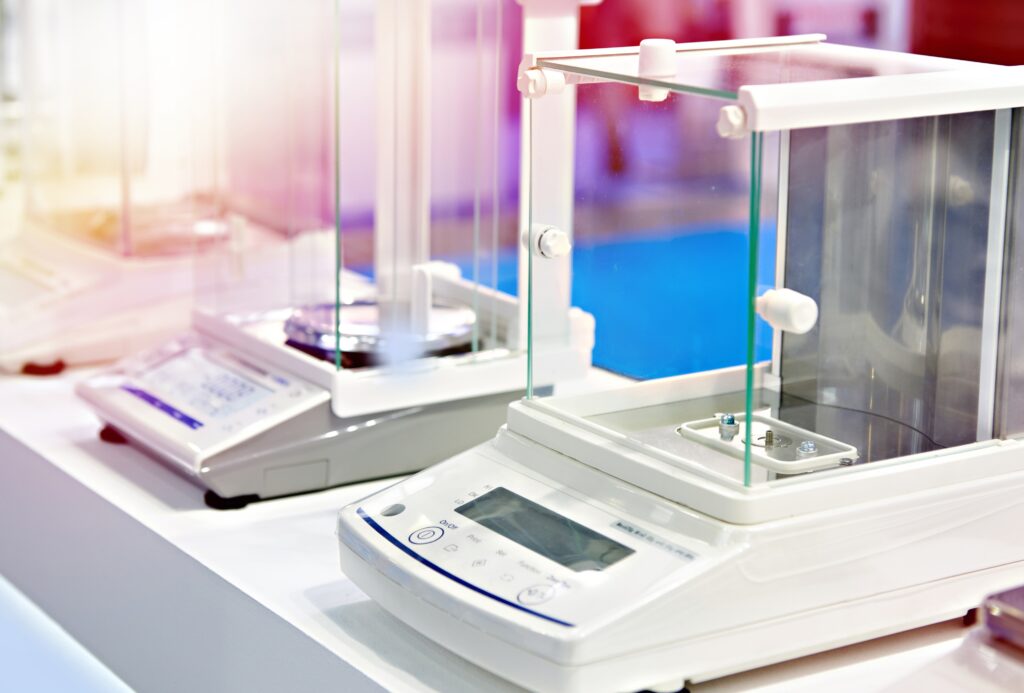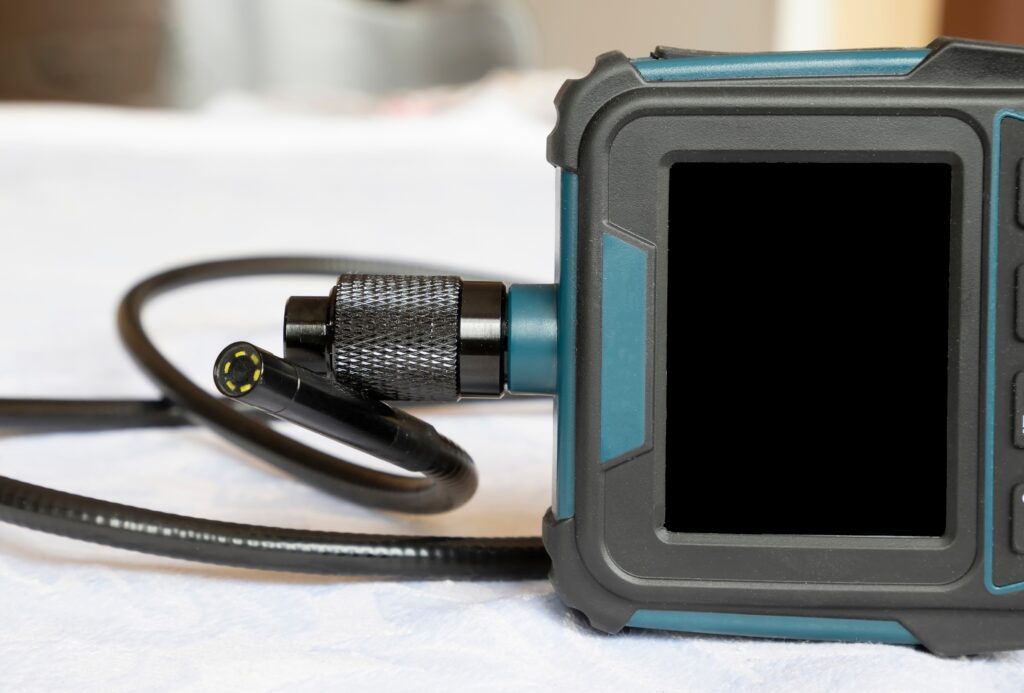Analytical Balance Uses: A Comprehensive Guide

Analytical balances are essential in laboratories. Their high precision and accuracy make them indispensable tools. This Analytical Balance Uses – Acomprehensive guide will explore various analytical balance uses, their significance, and how to choose the right one. We will also highlight the Lab Analytical Balance PCE-BSK 310 and its specifications.
Introduction to Analytical Balance and Analytical Balance Uses
Analytical balances are highly sensitive lab instruments. They measure mass with a high degree of precision, often up to 0.0001 grams. These balances are crucial in scientific research, pharmaceuticals, and quality control processes.
Importance of Analytical Balances
Analytical balances provide precise measurements. This accuracy is essential for experiments, formulations, and quality assessments. Their reliability ensures consistent results, which is critical in scientific and industrial applications.
Key Features of Analytical Balances
Analytical balances come with several key features:
- High Precision: They measure small masses with great accuracy.
- Sensitivity: They detect even the slightest changes in mass.
- Calibration: They can be calibrated externally for accuracy.
- Piece Counting Function: Useful for counting small parts or samples.
- RS-232 Interface: Allows for data transfer to other devices.
- Level for Aligning the Scale: Ensures accurate measurements by leveling the balance.
Common Uses of Analytical Balances
Analytical balances have a wide range of applications. Analytical balance uses extend across various industries, ensuring precision in measurements. Here are some common analytical balance uses:
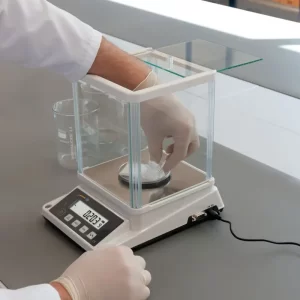
1. Pharmaceutical Industry
In the pharmaceutical industry, precision is vital. Common analytical balance uses include pharmaceutical formulation and quality control. Analytical balances measure ingredients for drug formulations. They ensure the correct dosage and consistency of medications. This accuracy is crucial for patient safety and drug efficacy.
Pharmaceutical companies also use analytical balances to comply with regulatory standards. These standards require precise measurements for quality control and validation. Analytical balances help in achieving these standards by providing accurate and consistent measurements.
2. Chemical Analysis
Analytical balances play a crucial role in chemical analysis. Chemical analysis heavily relies on analytical balance uses for precise reagent measurements. They weigh reagents and samples accurately, ensuring reliable results. This precision is essential for titrations, gravimetric analysis, and other quantitative methods.
In addition to these methods, analytical balances are used in chromatography. They measure small amounts of samples and solvents for accurate separation and analysis. This precision is crucial for obtaining reliable chromatographic results.
3. Research and Development
In R&D laboratories, analytical balances measure samples for experiments. They help in developing new products and improving existing ones. Accurate measurements are essential for reproducibility and validation of results.
Research institutions use analytical balances to measure samples for various studies. These studies include material science, biology, chemistry, and physics. Accurate measurements are crucial for obtaining reliable and reproducible results.
4. Quality Control
Quality control processes rely on analytical balances for precise measurements. They ensure that products meet specified standards and regulations. This application is common in various industries, including food, cosmetics, and manufacturing.
Quality control laboratories use analytical balances to measure raw materials and finished products. These measurements ensure that products meet quality standards and specifications. Accurate measurements help in identifying and rectifying any deviations from standards.
5. Environmental Testing
Analytical balances are used in environmental testing laboratories. They measure pollutants, contaminants, and other substances in air, water, and soil samples. Analytical balance uses in environmental testing help monitor pollutants and contaminants. Accurate measurements help in monitoring and protecting the environment.
Environmental agencies use analytical balances to measure small amounts of pollutants. These measurements are crucial for monitoring environmental quality and compliance with regulations. Analytical balances provide the precision needed for accurate environmental analysis.
Choosing the Right Analytical Balance
Selecting the right analytical balance involves considering several factors. Here are some tips to help you choose the best balance for your needs:
1. Measuring Range
Determine the maximum weight you need to measure. Analytical balances come with different measuring ranges. Choose a balance that can handle your required range.
Consider the minimum weight you need to measure. Analytical balances also have a minimum weight limit. Ensure that the balance you choose can measure both your minimum and maximum weights accurately.
2. Resolution
Consider the resolution or readability of the balance. Higher resolution means greater precision. Choose a balance with a resolution that matches your needs.
Higher resolution is essential for applications requiring high precision. These applications include pharmaceuticals, chemical analysis, and research. Ensure that the balance you choose has the resolution needed for your specific application.
3. Calibration
Look for balances with external calibration features. This ensures accuracy over time. Regular calibration is essential for maintaining reliable measurements.
Some analytical balances also offer internal calibration. This feature allows for automatic calibration, ensuring accuracy without manual intervention. Choose a balance with the calibration option that suits your needs.
4. Piece Counting Function
If you need to count small parts or samples, choose a balance with a piece counting function. This feature can save time and improve accuracy in counting.
The piece counting function is useful in various industries, including manufacturing and pharmaceuticals. It simplifies the process of counting small parts or samples, ensuring accurate counts.
5. Data Transfer
Consider balances with RS-232 interfaces for data transfer. This feature allows you to connect the balance to computers or printers. It simplifies data recording and analysis.
Some analytical balances also offer USB or wireless data transfer options. These options provide more flexibility in data transfer and integration with other devices. Choose a balance with the data transfer option that suits your needs.
6. Leveling Mechanism
Ensure the balance has a leveling mechanism. Proper leveling is crucial for accurate measurements. A built-in level helps in aligning the scale correctly.
A leveling mechanism ensures that the balance is properly aligned. This alignment is crucial for obtaining accurate measurements. Choose a balance with an easy-to-use leveling mechanism.
Lab Analytical Balance PCE-BSK 310
One of the top choices in analytical balances is the Lab Analytical Balance PCE-BSK 310. Here are its specifications:
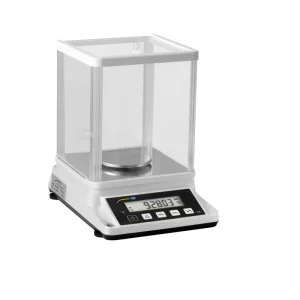
- Measuring Range: 0 … 310 g
- Resolution: 0.001 g
- Piece Counting Function: Yes
- RS-232 Interface: Yes
- External Calibration: Yes
- Level for Aligning the Scale: Yes
This balance is perfect for precise measurements in various applications. Its features make it a versatile and reliable choice for laboratories.
Benefits of Lab Analytical Balance PCE-BSK 310
The Lab Analytical Balance PCE-BSK 310 offers several benefits:
1. High Precision
With a resolution of 0.001 g, this balance provides highly accurate measurements. It ensures reliable results for sensitive applications.
The high precision of this balance is ideal for applications requiring accurate measurements. These applications include pharmaceuticals, chemical analysis, and research. The balance’s high resolution ensures reliable results for these applications.
2. Versatile Use
The wide measuring range of 0 … 310 g makes it suitable for various samples. Whether you are weighing small amounts or larger quantities, this balance can handle it.
The versatile use of this balance makes it suitable for various industries. These industries include pharmaceuticals, food, cosmetics, and environmental testing. The balance’s wide measuring range ensures it can handle different sample sizes.
3. Easy Data Transfer
The RS-232 interface allows for easy data transfer. Connect the balance to a computer or printer for seamless data recording.
The easy data transfer feature simplifies data recording and analysis. This feature is useful in laboratories and quality control processes. The balance’s RS-232 interface ensures seamless data transfer to other devices.
4. Convenient Piece Counting
The piece counting function simplifies counting small parts or samples. It saves time and reduces errors in manual counting.
The convenient piece counting function is useful in various industries. These industries include manufacturing, pharmaceuticals, and research. The balance’s piece counting function ensures accurate counts of small parts or samples.
5. Reliable Calibration
External calibration ensures the balance remains accurate over time. Regular calibration is easy and straightforward.
The reliable calibration feature ensures the balance remains accurate. This feature is essential for maintaining accuracy in measurements. The balance’s external calibration option simplifies the calibration process.
6. Accurate Alignment
The built-in level ensures the balance is properly aligned. This feature is crucial for obtaining precise measurements.
The accurate alignment feature ensures the balance is properly aligned. Proper alignment is crucial for obtaining accurate measurements. The balance’s built-in level simplifies the alignment process.
Using Analytical Balances in Various Fields
Let’s explore how analytical balances are used in different fields:
1. Food Industry
In the food industry, analytical balances measure ingredients for recipes and formulations. Precise measurements ensure consistent quality and taste. They also help in nutritional analysis and compliance with regulations. Food industry applications showcase analytical balance uses in ingredient measurement and analysis.
Analytical balances are also used in food quality control. They measure raw materials and finished products to ensure they meet quality standards. Accurate measurements help in identifying and rectifying any deviations from standards.
2. Cosmetics Industry
Cosmetics manufacturing requires precise measurements of ingredients. Analytical balances ensure the correct formulation of products. This precision is vital for product safety and effectiveness.
Analytical balances are also used in cosmetics quality control. They measure raw materials and finished products to ensure they meet quality standards. Accurate measurements help in identifying and rectifying any deviations from standards.
3. Academic Research
In research and development, analytical balance uses are vital for accurate experimentation. They measure samples for experiments and studies. Accurate measurements are crucial for obtaining reliable and reproducible results.
Analytical balances are used in various academic research fields. These fields include chemistry, biology, physics, and material science. Accurate measurements are crucial for obtaining reliable and reproducible results.
4. Biotechnology
Biotechnology applications often require precise measurements. Analytical balances measure reagents, samples, and products. They ensure the accuracy needed for sensitive biotechnological processes.
Analytical balances are used in various biotechnology applications. These applications include genetic engineering, pharmaceuticals, and medical research. Accurate measurements are crucial for obtaining reliable and reproducible results.
5. Forensic Science
In forensic laboratories, analytical balances measure evidence samples. They provide precise measurements for accurate analysis. This accuracy is critical for investigations and legal proceedings. Analytical balance uses in forensics provide accurate measurements for evidence analysis.
Analytical balances are used in various forensic science applications. These applications include drug analysis, toxicology, and trace evidence analysis. Accurate measurements are crucial for obtaining reliable and reproducible results.
Maintaining Analytical Balances
Proper maintenance is essential for the longevity and accuracy of analytical balances. Here are some tips for maintaining your balance:
1. Regular Calibration
Calibrate your balance regularly to ensure accuracy. Follow the manufacturer’s guidelines for calibration frequency and procedures.
Regular calibration is essential for maintaining accurate measurements. This process involves comparing the balance’s measurements with a standard weight. Calibration ensures that the balance provides accurate and reliable measurements.
2. Cleanliness
Keep the balance clean and free from dust and debris. Use a soft brush or cloth to clean the weighing pan and surroundings.
Cleanliness is crucial for maintaining the accuracy of the balance. Dust and debris can affect the balance’s measurements. Regular cleaning ensures that the balance provides accurate and reliable measurements.
3. Proper Handling
Handle the balance with care. Avoid placing heavy objects on it or using it inappropriately. Follow the manufacturer’s instructions for proper use.
Proper handling is essential for maintaining the accuracy of the balance. Avoid placing heavy objects on the balance or using it inappropriately. Proper handling ensures that the balance provides accurate and reliable measurements.
4. Stable Environment
Place the balance in a stable environment. Avoid areas with vibrations, drafts, or temperature fluctuations. A stable environment ensures accurate measurements.
A stable environment is crucial for maintaining the accuracy of the balance. Vibrations, drafts, and temperature fluctuations can affect the balance’s measurements. A stable environment ensures that the balance provides accurate and reliable measurements.
Troubleshooting Common Issues
Even with proper maintenance, you may encounter issues with your analytical balance. Here are some common problems and solutions:
1. Inaccurate Measurements
If your balance provides inaccurate measurements, check for calibration errors. Ensure the balance is properly leveled and free from drafts.
Inaccurate measurements can result from calibration errors or environmental factors. Ensure the balance is properly calibrated and leveled. Avoid placing the balance in areas with vibrations or drafts.
2. Drifting Readings
Drifting readings can result from temperature fluctuations or vibrations. Place the balance in a stable environment and avoid drafts.
Drifting readings can also result from environmental factors. Ensure the balance is placed in a stable environment. Avoid areas with temperature fluctuations or vibrations.
3. Display Errors
If the display shows errors, check the connections and power supply. Ensure the balance is properly calibrated and leveled.
Display errors can result from connection or power supply issues. Check the connections and power supply. Ensure the balance is properly calibrated and leveled.
Conclusion
Analytical balances are indispensable tools in various fields. Their precision and accuracy make them essential for scientific research, pharmaceuticals, and quality control. The Lab Analytical Balance PCE-BSK 310 offers high precision, versatile use, and reliable features. Proper maintenance and troubleshooting ensure the longevity and accuracy of your balance.
For more information on the Principle of Analytical Balance, visit our blog. To view our range of analytical balance products, visit our website. Consider the Lab Analytical Balance PCE-BSK 310 for your precise measurement needs.
Additional Resources
For more information on analytical balances and their uses, explore the following resources:
- Analytical Balance Products: Discover a wide range of analytical balances on our website.
- Principle of Analytical Balance: Learn about the fundamental principles of analytical balances.
- Lab Analytical Balance PCE-BSK 310: Check out the detailed specifications and features of this versatile balance.
Frequently Asked Questions (FAQs)
Here are some frequently asked questions about analytical balances:
What is the purpose of an analytical balance?
An analytical balance measures small masses with high precision. It is used in laboratories for various applications, including research, quality control, and chemical analysis.
How does an analytical balance differ from a precision balance?
An analytical balance offers higher precision and sensitivity compared to a precision balance. It measures smaller masses and provides more accurate readings.
What factors should I consider when choosing an analytical balance?
Consider the measuring range, resolution, calibration options, piece counting function, data transfer capabilities, and leveling mechanism when choosing an analytical balance.
How often should I calibrate my analytical balance?
Calibrate your analytical balance regularly, as per the manufacturer’s guidelines. Regular calibration ensures accurate measurements.
Can I use an analytical balance for counting small parts?
Yes, many analytical balances have a piece counting function. This feature simplifies counting small parts or samples with high accuracy.
Conclusion
Analytical balances are essential tools for precise measurements. Analytical balance uses in many applications. They are used in various fields, including pharmaceuticals, research, quality control, and environmental testing. The Lab Analytical Balance PCE-BSK 310 offers high precision and versatile features, making it a reliable choice for laboratories. Proper maintenance and troubleshooting ensure the longevity and accuracy of your balance. Explore our resources and products to learn more about analytical balances and their
Related Post
Accurate light measurement is essential for various applications, from ensuring
Measuring light accurately is essential for various applications. Whether you’re
In our daily lives, light plays a crucial role in
Analytical balances are crucial in scientific research and industrial applications.
Weather stations play a vital role in monitoring and predicting
Welcome to the fascinating world of industrial borescope, where cutting-edge

